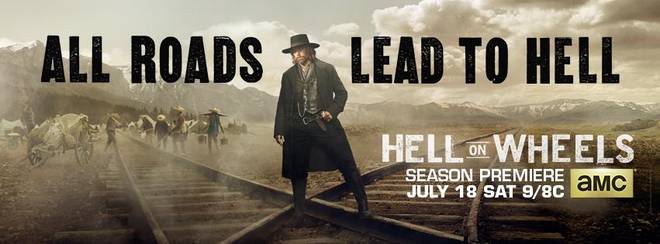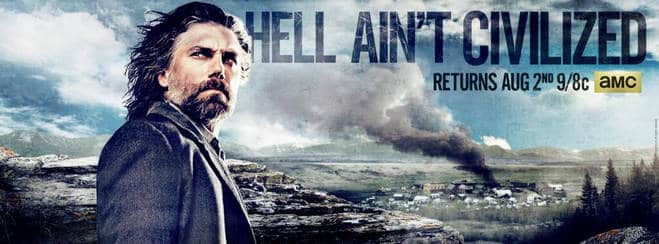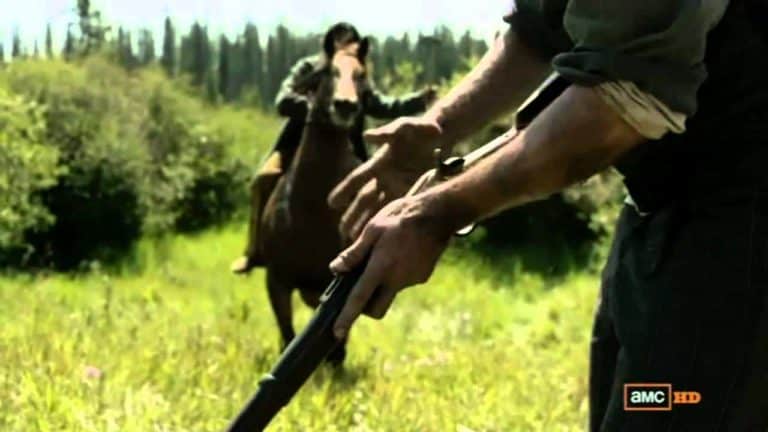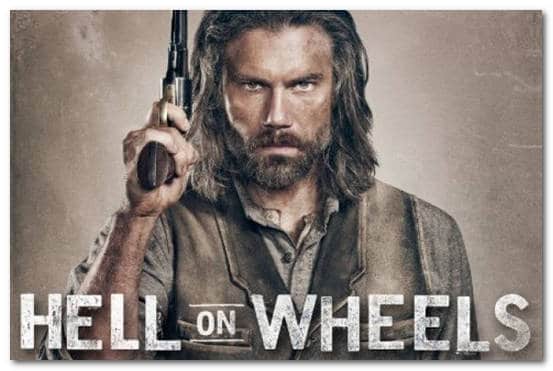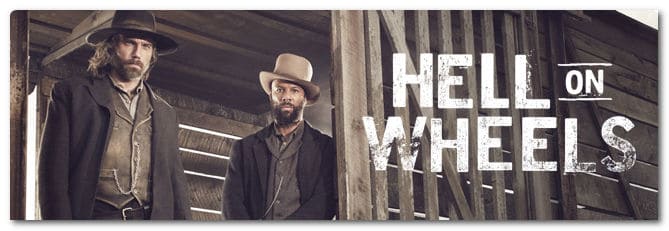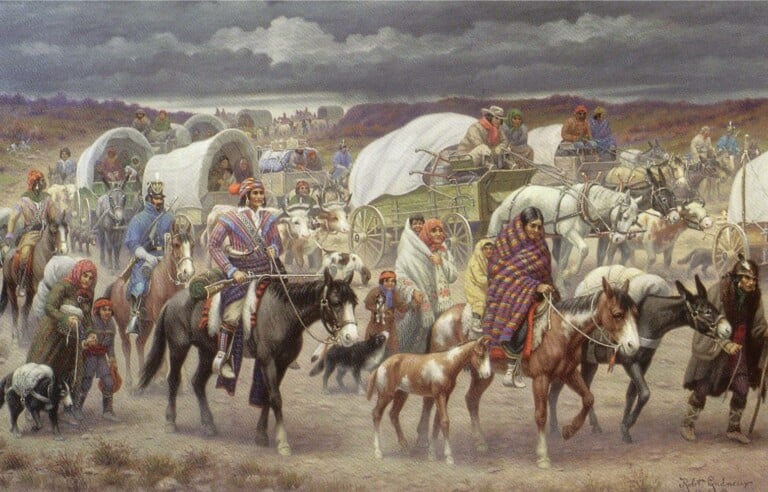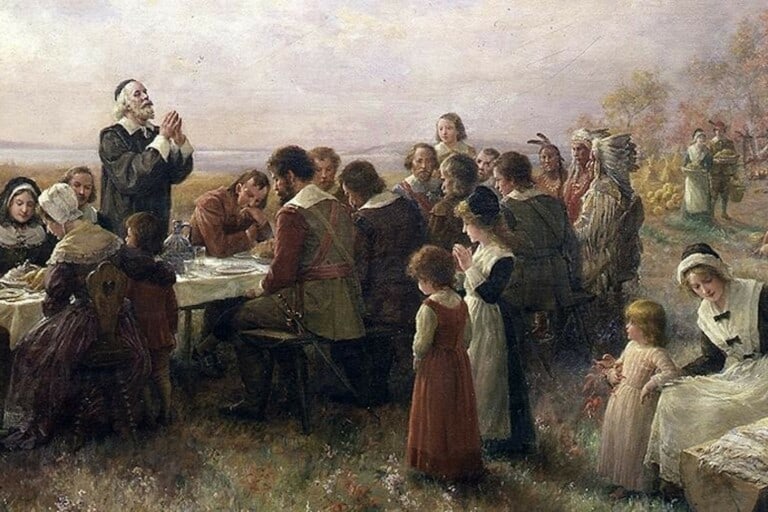Puritanism
Puritanism is a radical version of Protestantism, which is rooted in the movement called the Reformation (16th century).
American Puritanism and English Puritanism are fairly different. American Puritanism became the ultimate, most coherent of Protestantism because it grew in virgin soil. It is an experiment in America with European roots.
The most famous characters are Luther and Calvin, who both had a great influence first in Europe and then in America.
The most radical movement was led by the Separatists. For them, the Church was hopelessly corrupted. Only the elect, “God’s invisible saints”, could be Church members. They believed in personal religious rebirth and the regenerating experience.
This Puritan version is prompted by the notion of sin: people are sinful, especially women. It is the basic corrupt notion of human nature. For Puritanism, it is impossible to reach perfection: “In Adam’s fault we sinned all”.
Puritanism is not only a matter of theology but also a matter of social organization: God also rules the collective life of the people. Man is linked up to God with a covenant. By respecting this covenant, man could get rid of his depravity (covenant of Grace).
These notions were Puritan before America. Puritans were looking for a place to experiment with this system.
In 1620, the Pilgrim Fathers landed in America: they were separatists and belonged to a cult (kind of sect). What they did was sign a covenant: the “Mayflower Compact”, which is not only religious but also civic and political.
Between 1630 and 1640, 20,000 English Puritans settled down in the Massachusetts colony. Many people were university-trained, especially in theology. The power of the Church was so profound that some people talked about “Theocracy” (Government of God).
Lire la suite
